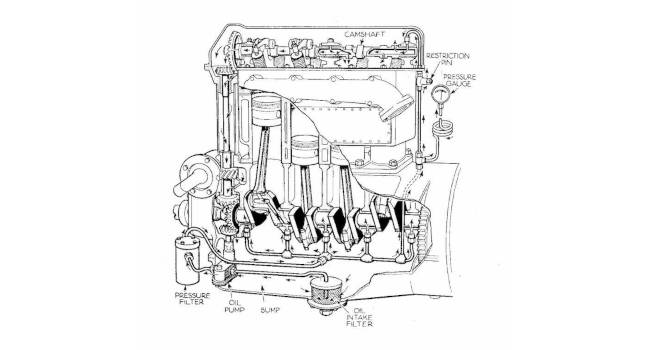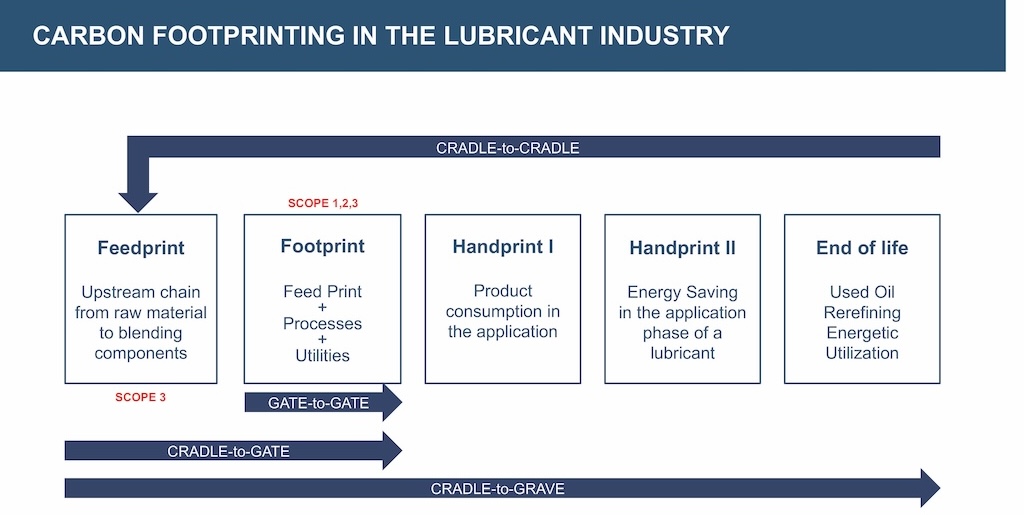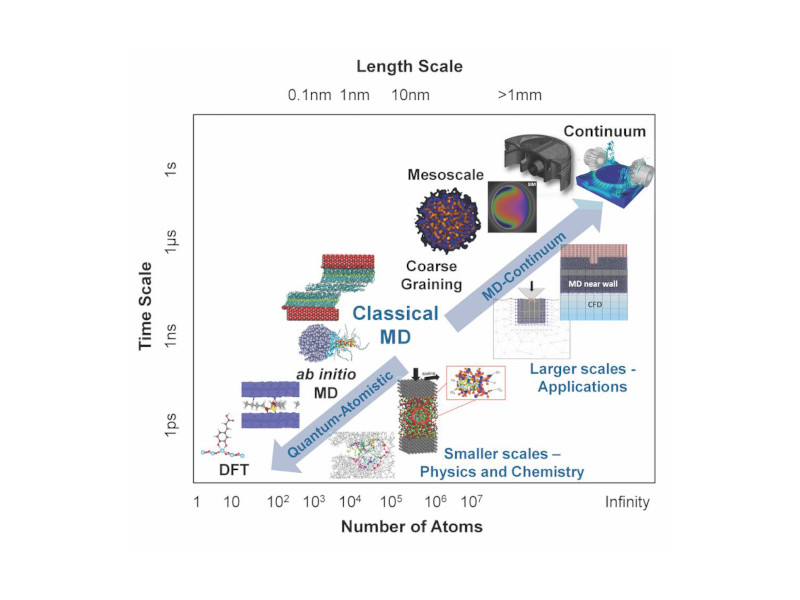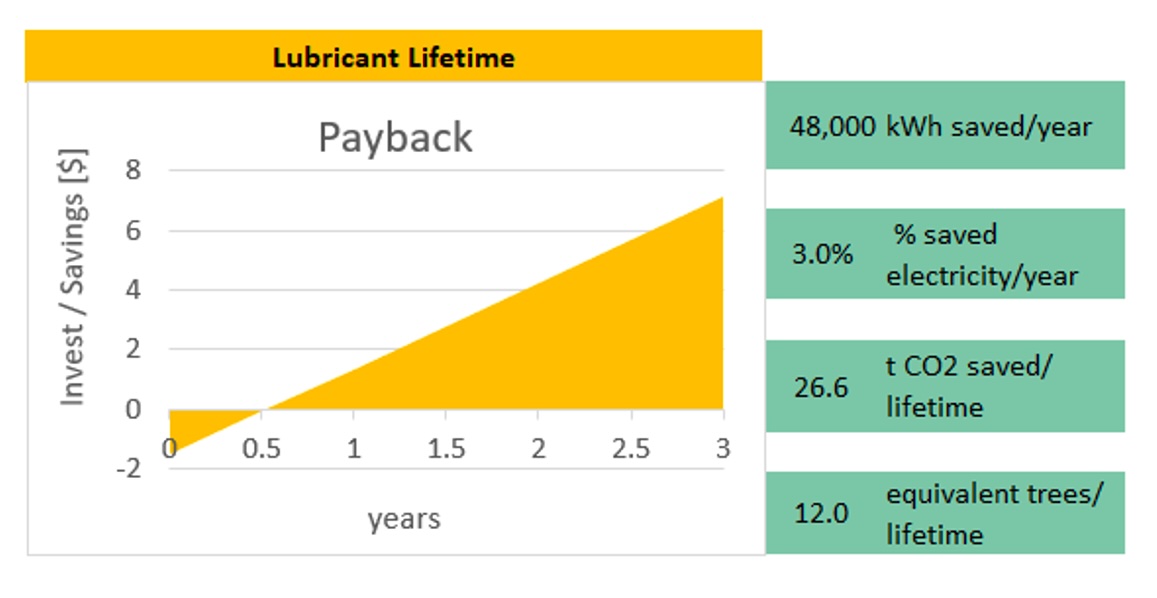Lubricating grease tests help measure performance properties and there are many different types of tests depending on the application.

Lubricating grease tests are designed to measure the physical, chemical, and performance properties of the product. Some grease tests are used for quality control of the grease upon manufacture. These might include ASTM D217 Penetration and D128 Free Alkalinity. Performance tests are used to simulate or give an indication of how the grease will perform in service.
Most applications have unique performance requirements, and there are tests designed to indicate how the grease will perform in various aspects of that application.
Grease test types and what they do
For applications that involve grease shearing, the D217 10,000 or 100,000 multi-stroke penetration tests and the D1831 Roll Stability Test provide an indication of how the grease will hold up under shear conditions.
In cases where water resistance is important to the grease performance, D1264 Water Washout and D4049 Water Spray-off may indicate how the grease will perform. D8022 Roll Stability in the Presence of Water gives an indication of how the grease performs under both wet and shear conditions.
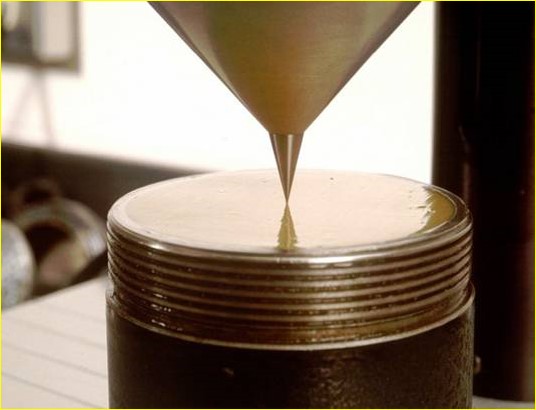
For those applications where resistance to corrosion is important D4048 Copper Corrosion, D1743 Corrosion Prevention, and D6138 Dynamic Corrosion Resistance (Emcor) offer insight to grease performance. For more extreme conditions, D5969 Synthetic Sea Water Corrosion Prevention and D6138 using 100% Synthetic Sea Water or 0.5 N sodium chloride (NaCl) solution can be used.
When a grease will be exposed to high loads and must prevent wear under highly loaded conditions, D2266 Wear Prevention (Four-Ball Method) and D2596 Extreme Pressure Properties (Four-Ball Method) are used to indicate performance in those properties. Additional tests, D5706 Extreme Pressure Properties Using the SRV Test Machine and Fretting Wear Resistance by either D4170 Fretting Wear Protection or D7594 Fretting Wear Resistance Using an SRV Machine can be used when more extreme or specific types of operating conditions are to be encountered.

When a grease is to be exposed to low temperatures, the D1478 Low-Temperature Ball Bearing Torque Test is used to indicate how the grease will perform. The test temperature can be lowered to test how the grease will perform in more extreme conditions. Other tests such as the DIN 51805 Flow Pressure Test and the US Steel Grease Mobility Test can be added to provide an indication of the flow and handling characteristics of the grease at low temperatures.
Grease specifications
Grease specifications typically list many of the tests discussed above. The specification should include those tests that provide guidance to the grease manufacturer to formulate a product that will work well in the application. Unnecessary tests, or those that do not contribute to the definition of the required performance of the product, should not be included. For the formulator, each test in a specification should contribute to the required performance profile of the specified product.
High-performance multiuse (HPM) grease specification
Over an eighteen-month period, a team of lubricating grease experts came together to define the NLGI high-performance multiuse (HPM) grease specification. The specification employs all the tests highlighted above to define the performance of grease applicable to a multiuse product. The intent in developing the specification was providing a foundation for users of grease.
The core HPM specification provides a product with good all-around performance for many applications. When the application has more extreme operating conditions, a product with a higher level of performance may be needed. The HPM specification has accompanying “tags” that represent enhanced performance in certain areas. Greases carrying any of the following performance tags must meet not only the core HPM specification limits, but also the following additional requirements:
The WR tag indicates improved water resistance (compared to the core HPM specification). Greases meeting the WR requirements have improved D1264 performance, as well as meeting requirements for D4049 Water Spray-off and D8022 Roll Stability in the Presence of Water.

The CR tag indicates improved corrosion resistance. Greases meeting the CR requirements exhibit passing performance in the D5969 Corrosion Prevention in the Presence of Dilute Synthetic Sea Water, and good performance in D6138 Dynamic Corrosion Prevention using 100% Synthetic Sea Water and 0.5 N sodium chloride (NaCl) solution.
Greases qualifying for the HL tag exhibit excellent load-carrying and wear prevention properties. The HL tag requires improved performance in D2266 Wear Prevention (Four-Ball Method) and D2596 Extreme Pressure Properties (four-ball method). It also requires performance in D5706 Extreme Pressure Properties Using an SRV Machine, and D4170 Fretting Wear Protection and D7594 Fretting Wear Resistance Using an SRV Test Machine.

For greases meeting LT tag requirements for low-temperature conditions, greases must meet performance in D1478 Low Temperature Ball Bearing Torque at a lower temperature, plus meet requirements in the US Steel Grease Mobility Test and the DIN 51805 Flow Pressure Test.
The NLGI HPM specification and its various “tags” allow the grease specifier to identify a grease that will provide the performance needed in very specific applications. It also allows grease formulators to produce tailored products that meet those specific requirements.
For additional information, please visit www.nlgi.org or contact NLGI at [email protected] or 816-524-2500. NLGI is a CFE Media content partner.
